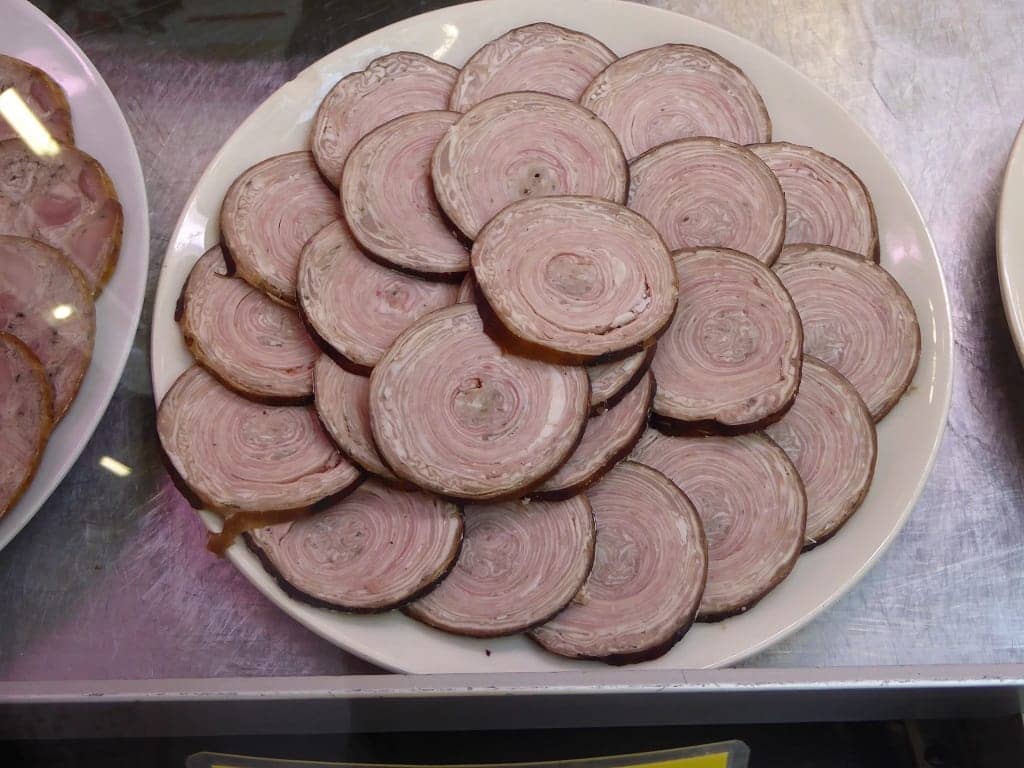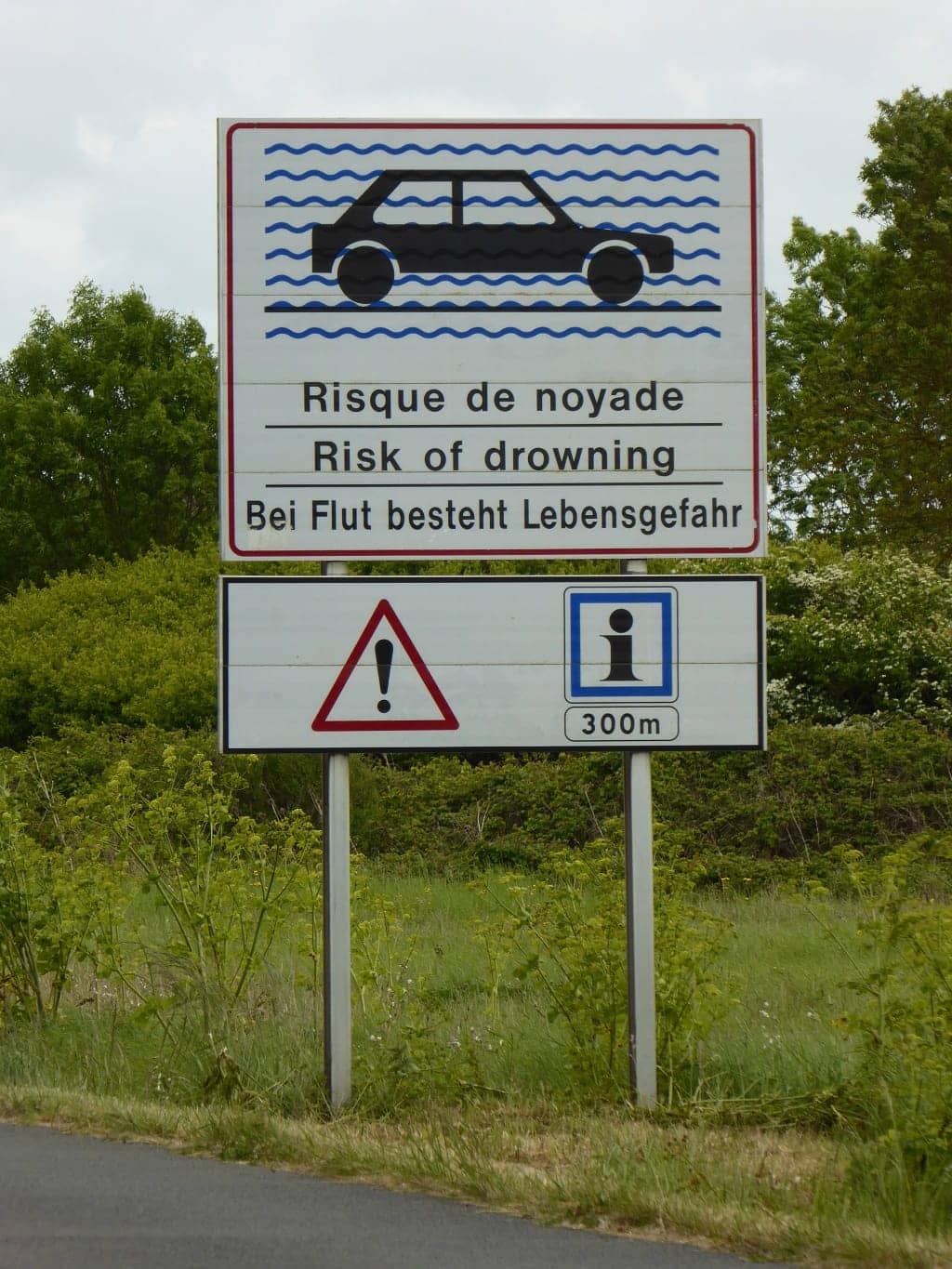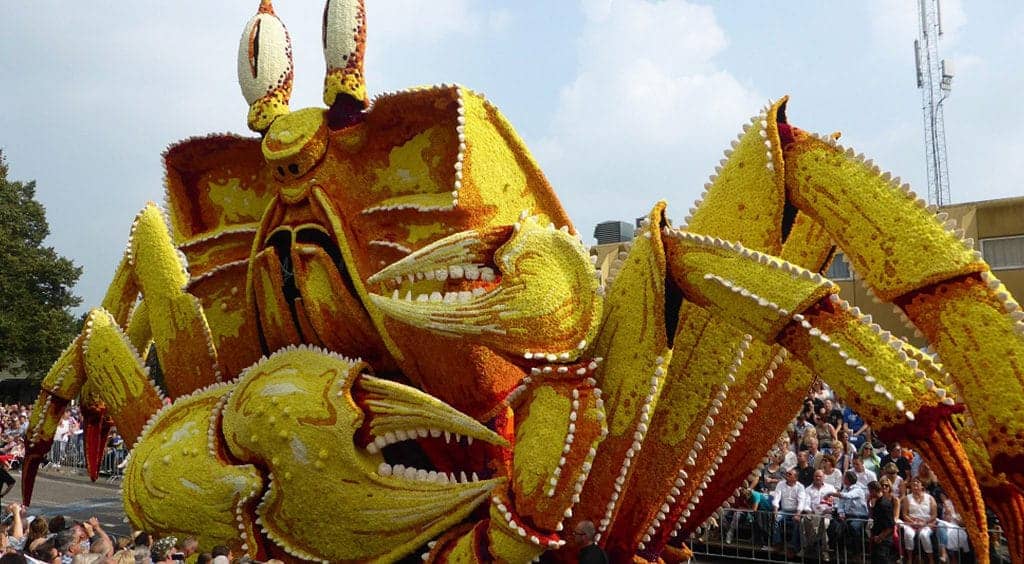However, the island of Noirmoutier had become famous throughout the planet thanks to the Bonnotte potato variety. It is the most expensive in the world; the price can reach up to 500 euros per kilo! And also the most delicious in the world, that’s why it is nicknamed Rolls Royce among potatoes, Ambassadors of the island, Caviar among potatoes or Yellow diamonds.
It is said that in the early 20th century a farmer bought them from Lower Normandy. The climate of the island suited them - mild winters, mild summers, lots of sun and light rainfall; but especially the soil, fertilized by seaweeds and algae. The result was a finely grained tuber with exceptional taste, officially ranked supreme quality in 1938.
But when mechanization came in the 1960s, it did not help the farmers. The Bonnotte is a delicate plant, potatoes must be handpicked one by one, and in addition, people started to prefer juicier varieties. Production dropped sharply, it was better to grow other types. The future gem disappeared from the market and the island.
In the 1990s, the local cooperative decided to relaunch its cultivation and asked for help from the French National Institute for Agricultural Research, which still owned a few roots. They asked them to regenerate copies and the replication was very successful. Potatoes reappeared on the market.
Nevertheless, they did not become internationally famous until 1996, when five kilos were sold in the prestigious Paris auction house Drouot for an incredible 15,000 francs (almost 500 euros per kilo)!
Usually they cost 70 euros (eight on the island market), but only 150 tonnes are harvested per year and they are available just for ten days. No wonder that the exclusive top restaurants fight for them! Most of them are bought, of course, by the French and then by the Dutch.
The Bonnotte is the fifth most expensive delicacy in the world - behind saffron, macadamia nuts, Beluga caviar and white truffle. Why? I quote from several sources:
- in their complex taste, there is a hint of lemon, earth and sea
- they have also a slightly sweet chestnut flavour
- a salty, earthy aftertaste comes from the presence of algae in the soil
- a delicate hint of iodine reminds the influence of the ocean
- taste is enriched by a vague top note of walnut.
Well, and now you know everything.
















































































































